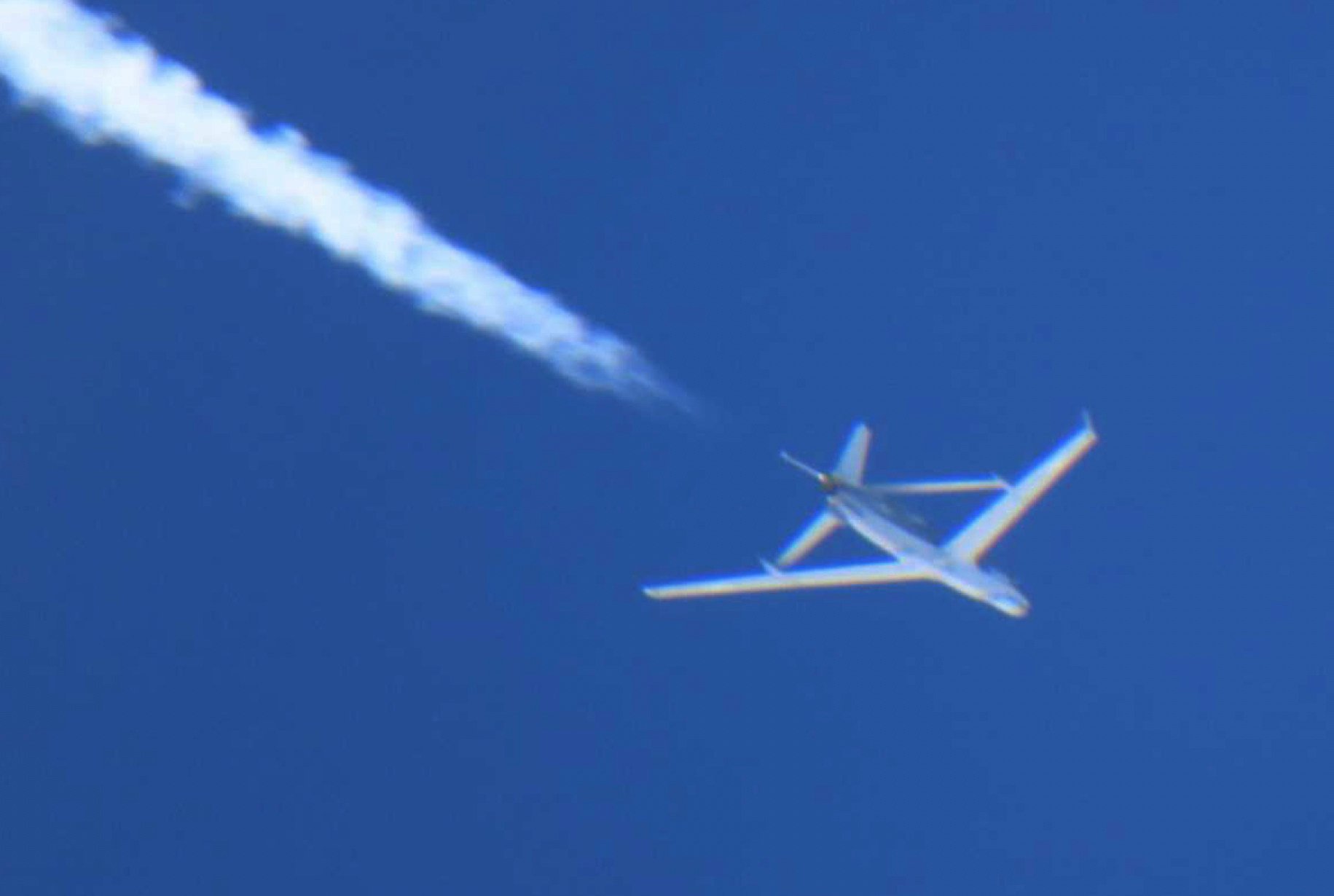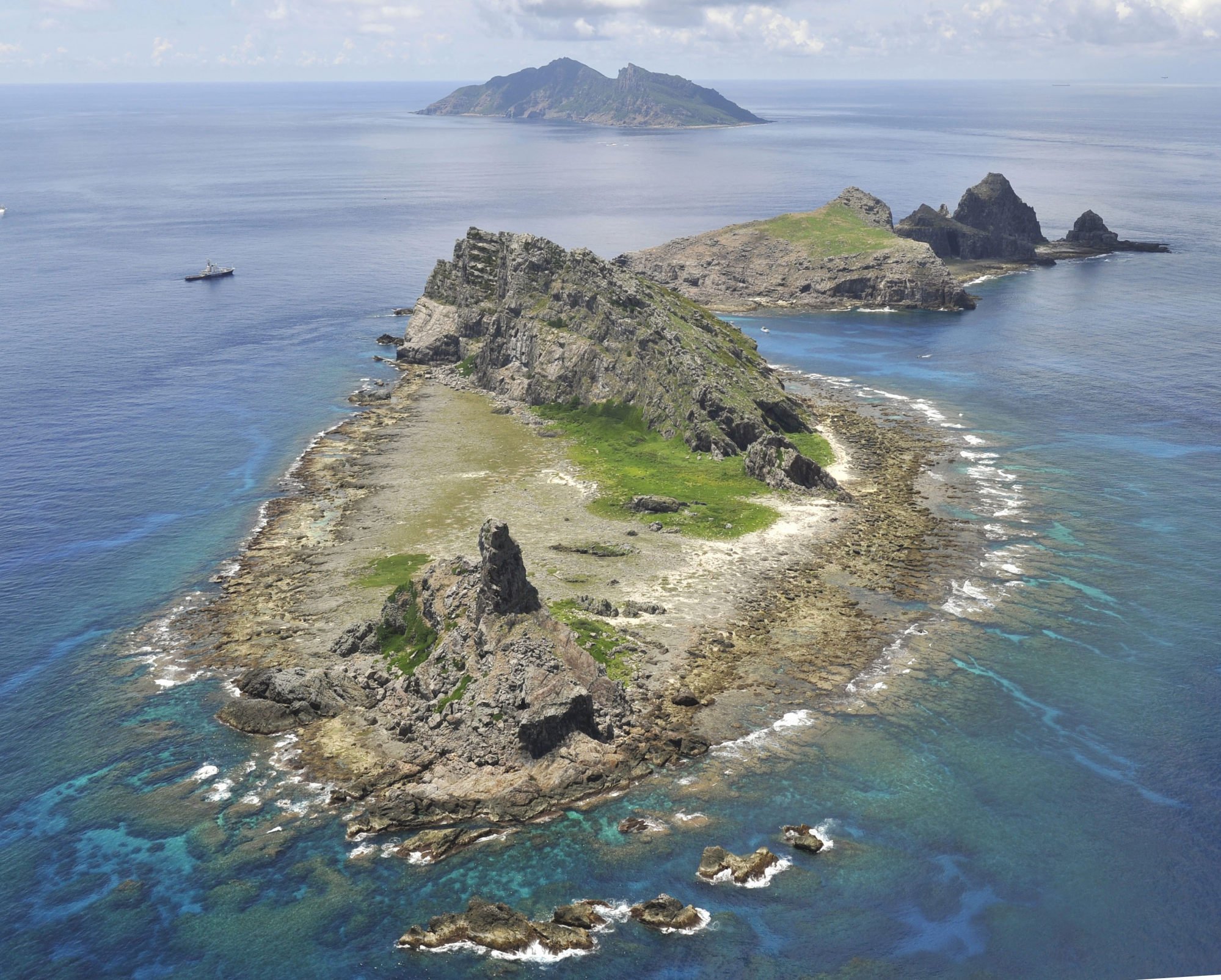Is Japan facing higher risk of drone warfare over Diaoyu Islands?
Japan has said its military could shoot down foreign drones flying over its territory, days after a Chinese-made drone entered its airspace

China could test Japan’s resolve by flying drones near disputed islands in the East China Sea after Tokyo clarified that its military is authorised to shoot down such unmanned aircraft intruding into its airspace, according to analysts.
In response to a written query from a lawmaker, the Japanese government affirmed at a cabinet meeting on June 27 that the Self-Defence Forces could take such an action even if foreign drones were not an immediate threat to the country’s security.
Ryo Hinata-Yamaguchi, an associate professor at Tokyo International University’s Institute for International Strategy, said the clarification was less about a policy change and more about codifying what had already been tacitly understood.
“The decision in itself is not particularly significant as this is dealing with uncrewed aircraft, which is very different to the far more stringent rules attached to dealing with manned aircraft,” he said.
Still, Hinata-Yamaguchi warned that the explicit rules might invite Beijing to test Tokyo’s stance.
“Beijing may well decide to try to call Japan’s bluff on this by sending a drone into Japanese airspace and seeing how Japan responds,” he told This Week in Asia. “If I were the Chinese, that is what I would do.”
The most likely location for such a confrontation would be close to the Diaoyu Islands in the East China Sea, which Beijing claims as its sovereign territory but which Japan presently controls and refers to as the Senkaku archipelago, according to Hinata-Yamaguchi.

In such a scenario, Japan would have to abide by its rules and bring down the intruder, and potentially provoke further clashes with China, Hinata-Yamaguchi said. The alternative would be for Japan to do nothing and appear toothless in the face of provocation, he added.
“Either way, the government is in a tough position,” he said.
One consideration for Japan was whether it could respond to multiple drones operating in its airspace above the disputed islands, according to Hinata-Yamaguchi. Its reaction to an intrusion would also provide China with military intelligence on Japan’s anti-drone capabilities, he added.
Under its law, Japan has the right to take “necessary measures” in the event a foreign aircraft or vessel enters its territorial airspace or waters without permission. A Japanese ship could escort an intruding vessel to a port in Japan or even fire shots across the bow of a party not complying with its instructions.
The Japan coastguard exercised that right in December 2001. A North Korean ship disguised as a fishing boat and detected in Japan’s exclusive economic zone off Amami-Oshima tried to flee and fired at a Japanese vessel. After a six-hour chase, in which more than 1,000 machine-gun rounds were exchanged, the North Korean ship was sunk.
In the event of a foreign aircraft being intercepted, Japanese authorities would typically try to communicate with the errant crew while reserving their right to escort it to the ground, said Garren Mulloy, a professor of international relations at Daito Bunka University and a specialist in military issues.
Forcing a drone to comply with such an instruction would be difficult but shooting it down would be more straightforward as it would not involve attacking foreign military personnel, Mulloy said.
“The government has now clarified and codified what its responses can be in certain circumstances, and that means that it has the right to shoot down a foreign drone in Japanese airspace,” he added.
On June 30, the defence ministry reported that a Chinese-made Harbin BZK-005 reconnaissance drone flew between the main island of Okinawa and Miyakojima and for some distance over the Pacific before turning around and returning via the same route.
Later that day, a Chinese military Y-9 maritime patrol aircraft was identified in the same area. Japanese fighters were scrambled from Okinawa to intercept the Chinese aircraft and monitor its movements.
“The Air Self-Defence Force [ASDF] has been struggling with the scramble rate required to respond to Chinese aircraft over the East China Sea, including the Senkaku Islands, and it is running a real risk of depleting and wearing out [its] aircraft,” Mulloy said.
Japan does not have much enough intelligence on Chinese aircraft or drones flying over the Senkakus but the latter are getting closer to the ASDF bases in the southwest islands, according to Mulloy.
Chinese aircraft are not gathering much useful data by approaching the Diaoyu Islands because the area has already been closely examined there but they are getting closer to the ASDF bases in the southwest islands, according to Mulloy.
It was not feasible for Japan to activate a scramble all the time as a result of China’s intrusion and its military could be considering a “low response” to counter Chinese drones by monitoring them from ground stations or warships in the area, Mulloy said.